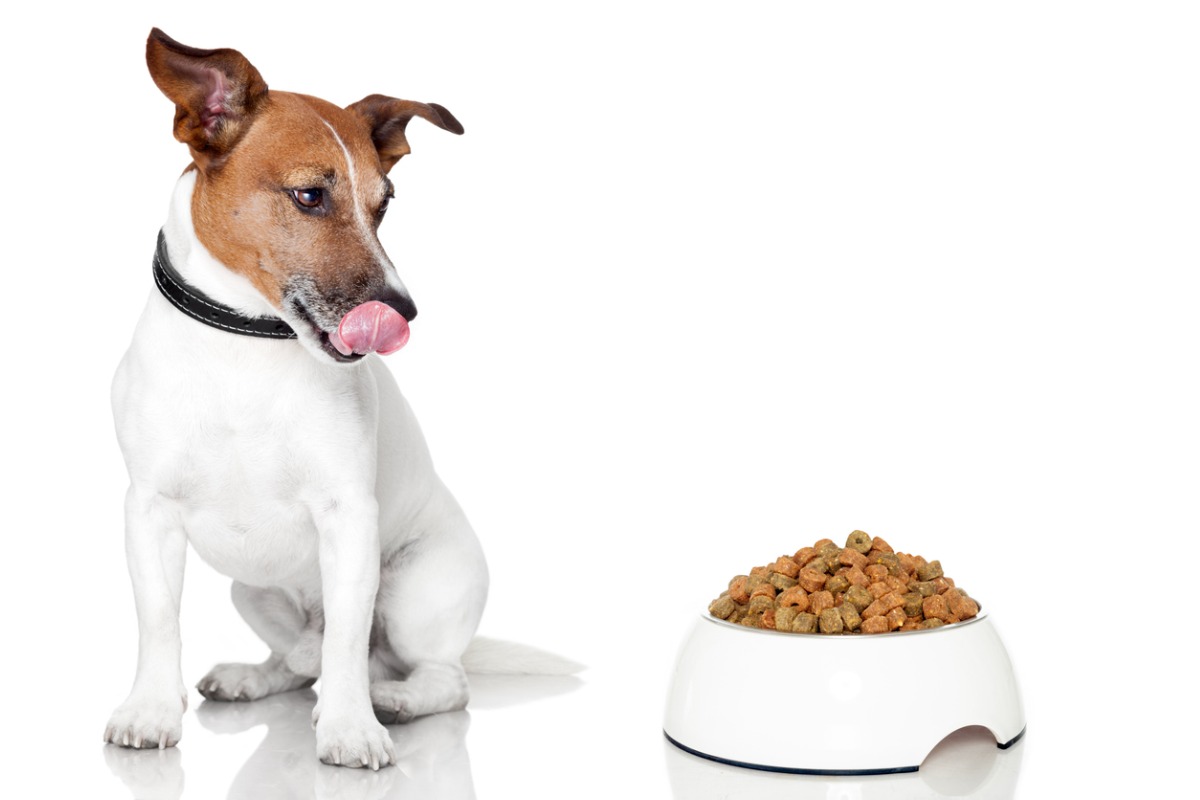Walking down the pet food aisle of any grocery store or pet specialist retailer can be a daunting process. There are so many different products in a plethora of colours, shapes, and sizes, that by the time it comes to actually reading a label on a specific product, it’s easy for our eyes to glaze over. However, pet food labels are important to understand.
All the key nutritional information, as it relates to each individual pet can be found on the pet food label. Some of the details are required by Australian consumer law and government bodies, but most of the information will be specific to the content and benefits of each particular food e.g. nutrient levels, lifestage or specific health claims.
In Australia, the Pet Food Industry Association (PFIAA) promotes standards of excellence and best practice when it comes to the manufacture and sale of pet food. Although the PFIAA has no regulatory authority, it does provide comprehensive guidance to its members and to consumers, which also includes pet food labelling. The labelling guidance developed by PFIAA (AS 5812) is in alignment with globally recognised standards in Europe (FEDIAF) and the US (AAFCO). In addition, the Australian Competition and Consumer Commission (ACCC) plays a central role in ensuring fair trading.
According to PFIAA guidance, every pet food label must contain the following items:
- Overview: This identifies the brand name (e.g. Purina Pro Plan or Felix). It may also give an indication of the primary ingredients or recipe name, such as ‘chicken and rice’.
- Net weight statement: This states how much food is in the bag or can.
- Manufacturer/distributor name and address: This tells you who made the food and how to contact them if you have questions.
- Product traceability information: The date code provided on every pet food label, allows the manufacturer to pinpoint the exact production date and the facility that produced that particular product.
- Ingredient list: The ingredients on pet food labels are listed in descending order by content weight. For example, if you see chicken listed as the first ingredient, you’ll know that your pet’s food has more chicken than any other ingredient on the list.
- Guaranteed analysis: The guaranteed analysis states the nutritional content of the food and ensures a certain minimum or maximum percentage of essential nutrients. These must meet (or exceed) the AAFCO/Fediaf nutrient guidelines. Nominally the guaranteed analysis must include the minimum percentages of crude protein and crude fat plus the maximum percentages of crude fibre and moisture. Percentage values for other nutrients are voluntary, but often included.
- Nutritional adequacy statement: This is one of the most important elements of a ‘complete and balanced’ pet food label, as it ensures the nutrient profile is appropriate to provide sole nourishment for a pet. This includes whether it is suitable for growth or adult maintenance. If a product does not meet the nutrient requirements to ensure that it is ‘complete and balanced’, it must state that it is intended for ‘intermittent or supplemental feeding only’ or otherwise denote that it is a ‘treat’, ‘snack’ or ‘supplement’.
- Feeding directions: These guidelines help you to determine how much and how often to feed your pet each day. You may need to adjust the amount to maintain their ideal body condition based on their age, activity level, and more.
- Calorie statement: The calorie statement is expressed as kilocalories per kilogram and is a common unit of measure, such as kilocalories per cup. This helps consumers to compare energy levels between dry dog food brands.
Nutrients vs ingredients on pet food labels
Ingredients contain nutrients and nutrients provide nourishment and energy for your pet. The macronutrients required for a complete and balanced pet food should include:
- Protein: Protein is a critical nutrient and essential for maintaining healthy muscles, skin, and coat, plus enabling tissue repair and growth.
- Fat: When it comes to fat, it is considered essential for providing energy, absorbing, and storing certain vitamins and providing delicious taste.
- Vitamins and minerals: Vitamins are body protectors while minerals are both body builders and protectors.
- Carbohydrates: The various sources of carbohydrates in your dog or cat’s food provides them with energy and healthy bowel function. Fibre is a great source of carbohydrate and prebiotics.
What about by-products and difficult-to-pronounce ingredients?
There are a lot of misconceptions about by-products. Many people believe they are cheap fillers or even inedible parts of animals, but that’s not the case.
By-products normally comprise nutrient-rich organ meats that are not typically used for human consumption. They do not include animal hair, feathers, or other undesirable ingredients. Not only are by-products an excellent source of protein, vitamins, and minerals, but they also reduce environmental waste.
As far as those lengthy ingredient names, if in doubt a quick internet search can help. You’ll see that calcium pantothenate is vitamin B-5, thiamine mononitrate is vitamin B-1 and L-ascorbyl-2-polyphosphate is vitamin C. All vitamins and minerals are almost always listed by their scientific names. Together they form the backbone of essential micronutrients that help to maintain your pet’s health and vitality.
This article was written by Dr Zara Boland, Veterinary & Scientific Affairs Lead and Michael Zajac, Technical Education Manager, Nestlé Purina Petcare for Pet Industry News magazine.
To stay up to date on the latest industry headlines, sign up to the Pet Industry News e-newsletter.

